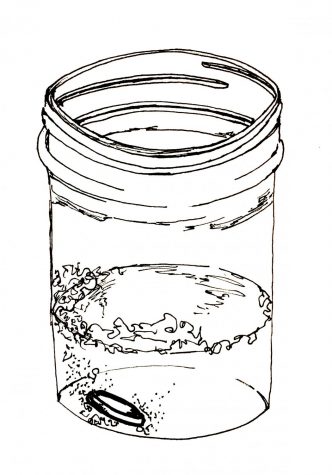FDA rethinks blood donation restrictions
February 9, 2023
Historically, regulations around blood donation prevented bisexual and gay men from donating blood.
In 2015, some rules changed to allow gay or bisexual men to donate blood if they had not had sexual contact with a man for a year. The federal government justified these policies by stressing the priority of keeping human immunodeficiency virus (HIV) out of the blood supply. However, donor blood has been screened for both types of HIV since 1992, as well as many other blood-borne pathogens. The long-standing ban on gay blood donations has received criticism in the midst of massive blood shortages.
The Food and Drug Administration (FDA) is now seeking to remove the blanket ban on gay and bisexual men by focusing on individual risk assessment. Before donating, the pre-screening questionnaire will ask about recent sexual history and IV drug use, allowing the screening to inquire about any sexual contact.
Time-based deferrals are being completely removed, which LGBTQIA+ advocates have pushed for years. Individuals on PrEP (pre-exposure prophylaxis, or preventative HIV medication) will still not be allowed to donate for three months or two years, depending on the method of PrEP taken.
Commercial sex workers will be banned for their lifetime from donating, the FDA citing HIV risk as the rationale for these regulations. While the new policies will allow more people to donate given the blood shortage, advancements in science and the accuracy of testing, some advocates question if the new regulations are extensive enough.
Director of LGBTQIA+ Student Services Rachel Freeman-Cohen believes these new regulations are an emergency measure, and she questions the intentions of the policy. It is undeniably hard to loosen these FDA guidelines, given the massive risk of blood-borne illness in transfusion. They point out though that the timing is suspicious, and the policy is by no means perfect.
“Given the national blood shortages America has had since the pandemic, I do wonder if we did not experience one, would the requirement have changed or stayed the same?” Freeman-Cohen said. “While this is definitely a step in the right direction, I agree with many advocates that there is still much progress to be made.”
Blood donations are always screened before transfusion use for pathogens, including HIV, leaving many advocates wondering why these rules are now being reversed. Some new regulations, such as allowing gay men in monogamous homosexual relationships to donate, will open opportunities for blood donations. Many advocates believe that massive blood shortages have forced doctors into making difficult decisions about prioritizing lifesaving health care for certain patients, which has propelled the recent policy changes.
While proponents of the policy say that a step forward is still progress, some LGBTQIA+ advocates argue that the COVID-induced policy is not the regulation change they were hoping for, since there are still restrictions based on sexual activity. They also don’t believe all of the new restrictions are much more science-based, and they can still lead to stigmatization (i.e. lifetime ban for sex workers).
The President and Vice President of the Pre-Health Society explained how well blood is tested in between donation and infusion. Past the point of the initial screening, which Pre-Health Society Vice President Peyton Smith points out, can disqualify you for any number of reasons. Donated blood is then put through rigorous testing before ending up in the medical facility where it will be used.
“If you have high blood pressure, they may say no. If you’re anemic, they’d say no,” Smith said. “It’s to protect not only the person getting the blood, but also yourself.”
After the blood is donated, it is screened for more blood-borne pathogens.
Pre-Health Society President Maddie Love explained that microbes like HIV, Hepatitis B and other things that can be passed from donor to recipient are always screened for.
There are many blood-borne illnesses that can be contracted through transfusions; HIV is not often one of them. According to the CDC in 2008, “The risk for acquiring HIV infection through blood transfusion today is estimated conservatively to be one in 1.5 million.”
In 2023, there hasn’t been a case of HIV from blood donation since then.
Most illnesses from blood transfusions come from common bacteria that become harmful in the bloodstream, and the risk from viruses is improbable given the stringent testing policies.
These new policies may potentially encourage more people to donate blood. According to the American Medical Association, donations are rigorously tested, and the ability to screen blood has improved immensely since the AIDS crisis. Though the policy is intended to help with the massive blood shortage, there are still many who are restricted from donating.








